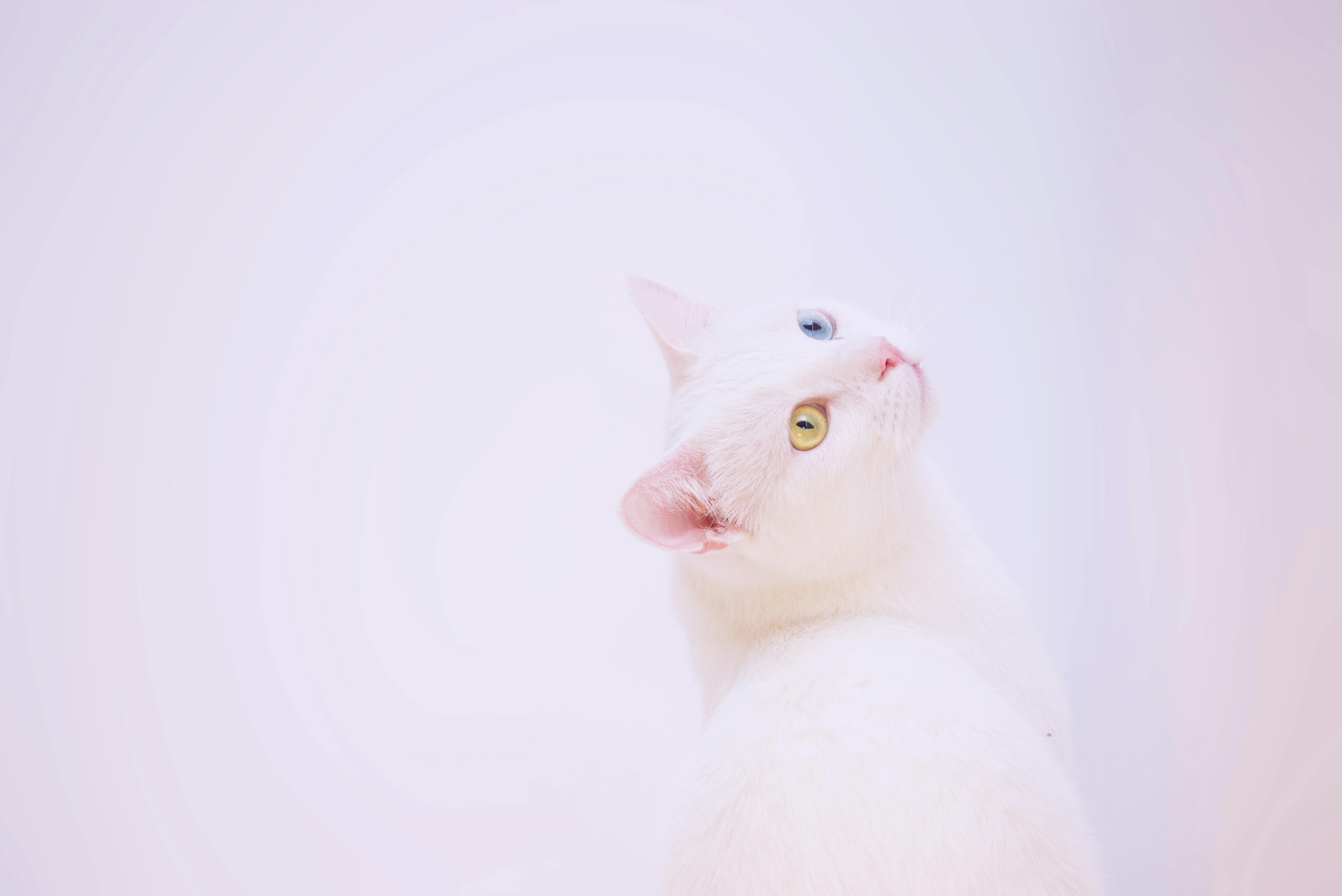The German Shorthaired Pointer has a short, thick coat that is predominantly liver in color, either solid liver, liver and white, liver patches/liver roan. In some countries their tails are docked, but this practice is now illegal in most countries. They have slightly long ears that lie flat and close to the head. They can stand up to 23 to 25 inches tall and weigh 55 to 70 pounds. They are well-proportioned dogs with a broad, rounded skull, have a slight stop, and open brown noses. They have almond-shaped eyes and compact webbed feet, their fur is harsh to the touch but softer on the ears and head. They are streamlined dogs, powerful and capable of moving and turning quickly.
History: The German Shorthaired Pointer was bred to be an excellent hunter and a good family companion. It is believed to be descended from many German dogs, including hunting dogs, bloodhounds, and tracking dogs. It is a versatile dog with an excellent sense of smell and can be used as a retriever or hunting dog both in the field and in the water. They were officially recognized by the AKC in 1930. In addition to hunting, this dog is known to be used in Scandinavia as a sled dog for dog sled racing. Although not much is known about its history, it is believed to have descended from the old Spanish Pointer and to have arrived in Germany in the 17th century, however no records were kept until the first stud book in 1870.
Temperament: The German Shorthaired Pointer is an extremely energetic breed, he is eager to please and will love his family. He is a loyal dog who tends to have a happy air around him. They need a lot of exercise, and if they don’t get the amount they need, they can become very nervous and frustrated. They enjoy constructive activities and need order and structure in their lives. They need a calm but firm owner, to let the dog know they are in charge, without leadership these dogs can become high-strung and destructive. They don’t do well being kept in a kennel, but they love nothing more than doing what they were bred to do, which is hunting.
Health Issues: Generally a very healthy breed, but like many dogs, they are prone to hip dysplasia and can also suffer from epilepsy and genetic eye diseases. They can also have cancerous lesions in their mouths or on the skin on other areas of their body, and like other breeds, female German Shorthaired Pointers are prone to breast cancer if not spayed. As with all hunting dogs, they are prone to the spread of fungus and bacteria through contact with game, this can easily cause mouth infections or open wounds or small cuts. Their life expectancy is 12-14 years, although it is not uncommon for individual dogs to live to be 18 years old.
Grooming – German Shorthaired Pointers are generally a very clean breed, so only occasional brushing is required. They are minimal shedders, and typically only shed once a year. They should only be bathed when necessary, for example if they are covered in mud.
Living Conditions: The German Shorthaired Pointer is not recommended for apartment living, it is a very active dog and would do best with a large yard. They are also better suited to an active family that can provide them with the amount of exercise they need. Given little exercise, they have been known to become escape artists, being able to jump fences up to 6 feet high. They are tireless animals and can be more than a match for even the most active people at times; however, if their exercise needs are not met, they can become restless and destructive.
